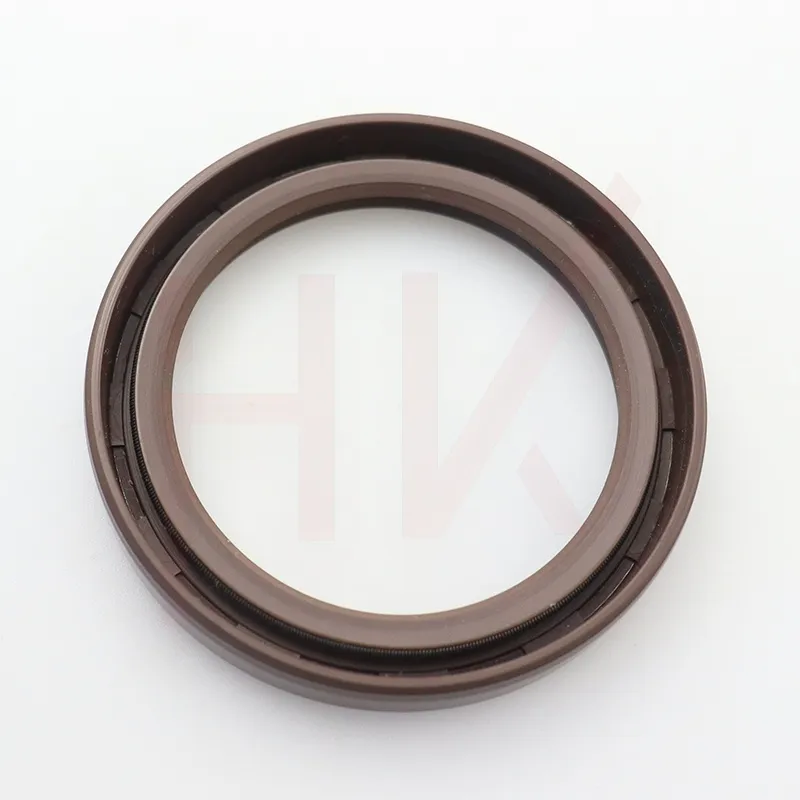Nov . 10, 2024 21:19 Back to list
Hydraulic Wiper Seals for Enhanced Performance and Durability in Fluid Systems
Understanding Hydraulic Wiper Seals Essential Components for Machinery
Hydraulic wiper seals are critical components in various hydraulic systems, playing a vital role in maintaining the efficiency and longevity of hydraulic cylinders and equipment. These seals, often referred to simply as wipers, serve as barriers that prevent dirt, dust, and moisture from entering the hydraulic cylinder while simultaneously expelling contaminants that might cause wear and tear. This article delves into the design, function, and significance of hydraulic wiper seals, highlighting their essential role in machinery.
Design and Materials
Hydraulic wiper seals are engineered to withstand harsh operating conditions. Typically, they are made from a variety of elastomers, including Nitrile, Polyurethane, and Fluoroelastomer, each formulated to offer specific advantages depending on the operating environment. For instance, Nitrile seals are resistant to petroleum-based fluids and can tolerate a certain degree of temperature fluctuations, making them a popular choice for many standard hydraulic applications. In contrast, Fluoroelastomers are designed for environments where high temperatures and aggressive chemical exposure may occur.
The design of a wiper seal is critical to its performance. These seals usually feature a lip that contacts the rod of the hydraulic cylinder. The configuration of the lip—be it straight or angled—greatly influences the seal's ability to effectively keep contaminants out. Additionally, the design must accommodate the dynamic movements of the cylinder, ensuring that the seal remains functional even under varying pressure and temperature conditions.
Functionality in Hydraulic Systems
The primary purpose of hydraulic wiper seals is to protect the internal components of hydraulic systems. As hydraulic cylinders extend and retract, the continuous movement generates friction, leading to the potential breakdown of the hydraulic fluid and the internal parts if left unprotected. Wiper seals act as a first line of defense against external contaminants.
hydraulic wiper seal

When the cylinder is in operation, debris and particles can accumulate on the rod surface. The wiper seal scrapes off these contaminants as the rod moves, ensuring that only clean surfaces make contact with the cylinder's internal components. This action minimizes the risk of wear and damage to hydraulic seals, which are responsible for maintaining pressure and preventing fluid leaks within the system.
Importance in Industrial Applications
In industrial settings, the reliability of hydraulic systems is paramount. Whether in construction, manufacturing, or material handling, equipment downtime can result in significant financial losses. Hydraulic wiper seals contribute directly to system reliability by prolonging the lifespan of hydraulic cylinders and reducing the frequency of maintenance tasks.
Furthermore, the performance of hydraulic systems is often correlated with the quality of the seals used. High-quality wiper seals not only reduce the risk of contamination but also enhance energy efficiency. When contaminants infiltrate the system, it can lead to inefficient operation, greater energy consumption, and ultimately increased operational costs. Therefore, investing in durable, high-performance wiper seals is essential for industries that rely heavily on hydraulic machinery.
Conclusion
Hydraulic wiper seals may seem like small components in the grand scheme of hydraulic systems, but their importance cannot be overstated. They serve as essential protectors against external contaminants, contributing to the overall longevity and effectiveness of hydraulic cylinders. The materials, designs, and functionalities of these seals reflect advanced engineering aimed at maximizing performance in demanding operational environments.
As industries continue to evolve and face new challenges, the development and refinement of hydraulic wiper seals will remain a priority. By ensuring that these seals are crafted with the best materials and designs available, companies can safeguard their hydraulic systems against wear, prolong their lifespan, and enhance overall operational efficiency. In essence, hydraulic wiper seals are not just as simple seals; they represent a significant investment in the reliability and success of hydraulic machinery and systems.
-
TCN Oil Seal Metal Ring Reinforcement for Heavy Machinery
NewsJul.25,2025
-
Rotary Lip Seal Spring-Loaded Design for High-Speed Applications
NewsJul.25,2025
-
Hydraulic Cylinder Seals Polyurethane Material for High-Impact Jobs
NewsJul.25,2025
-
High Pressure Oil Seal Polyurethane Coating Wear Resistance
NewsJul.25,2025
-
Dust Proof Seal Double Lip Design for Construction Equipment
NewsJul.25,2025
-
Hub Seal Polyurethane Wear Resistance in Agricultural Vehicles
NewsJul.25,2025
-
The Trans-formative Journey of Wheel Hub Oil Seals
NewsJun.06,2025
Products categories
















